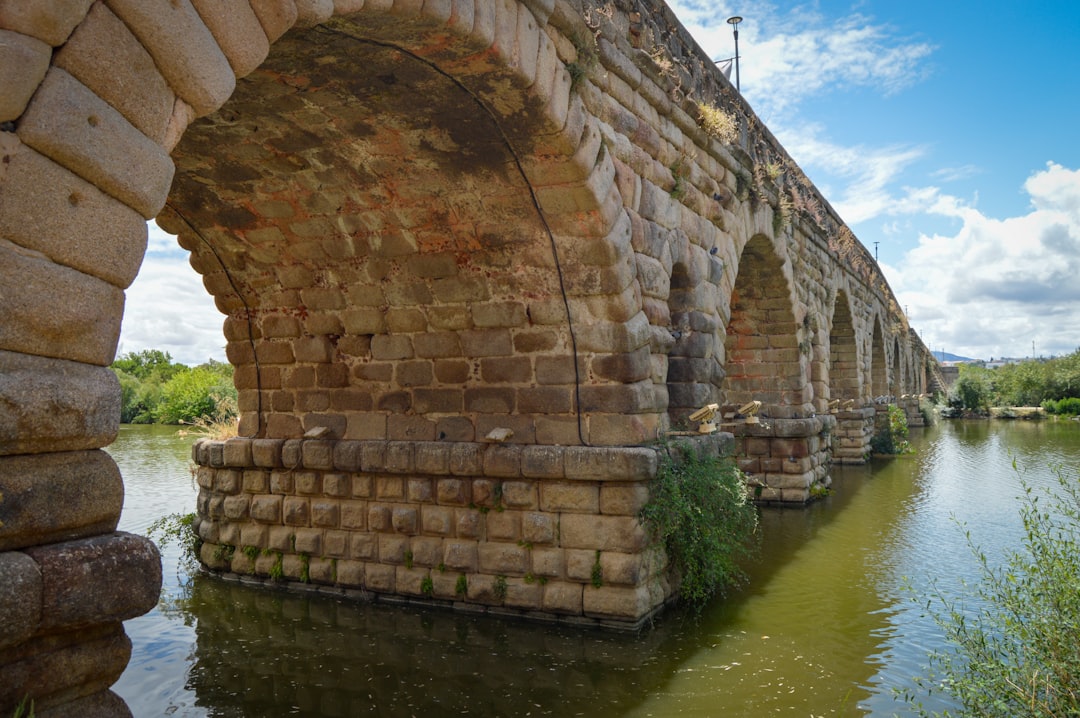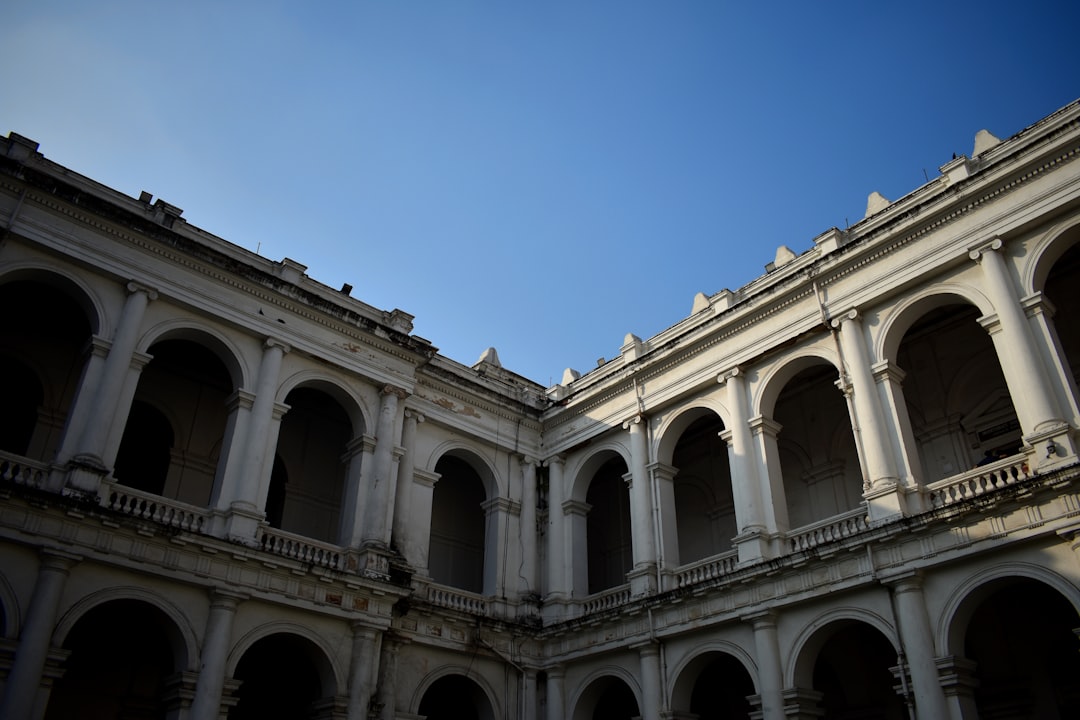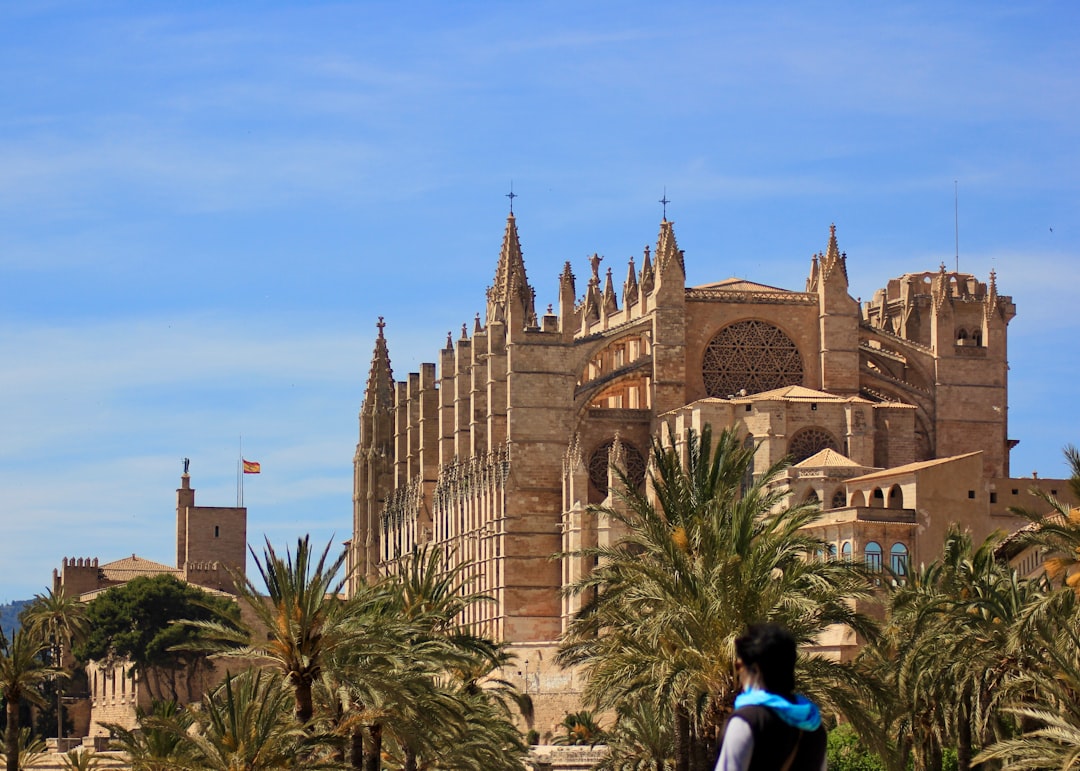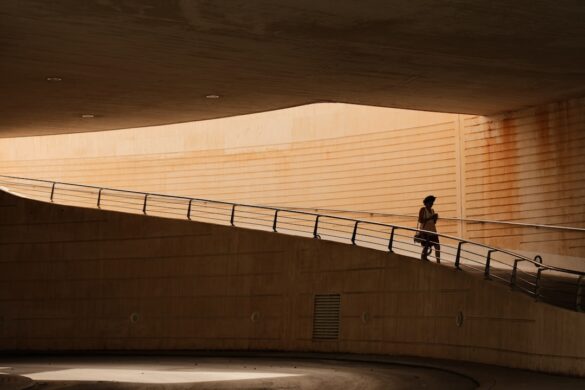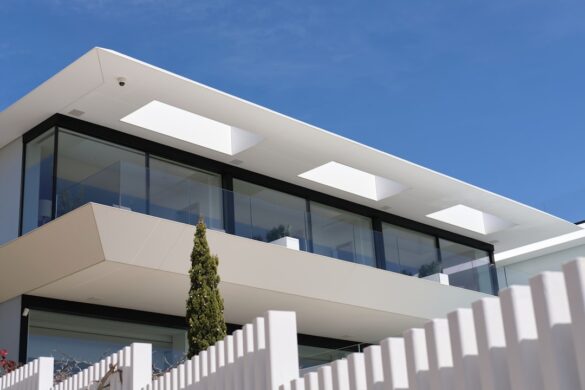Introduction: Architectural Diversity in Spain
Spain is a country known for its rich history, culture, and architectural diversity. From ancient Roman temples to majestic Gothic cathedrals, the architectural landscape of Spain is nothing short of remarkable. In this article, we delve into the fascinating architectural heritage of Spain, exploring its most iconic buildings and the stories behind them. The unique blend of influences throughout historical periods has resulted in a tapestry of styles that reflect the country’s diverse cultural evolution.
The Ancient Roots: Roman Influence
Spain’s architectural journey began with the Romans. The presence of the Roman Empire has left a profound mark on the Spanish landscape, most notably seen in the form of well-preserved ruins and structures that echo the grandeur of Roman engineering. The Theater of Mérida and the Aqueduct of Segovia are prime examples of ancient Roman architecture in Spain.
With a stunning design that has survived the test of time, these structures hint at the utilitarian prowess and aesthetic vision of Roman builders.The Theater of Mérida, built in 15 BC, is one of the most significant Roman ruins in the country and still hosts theatrical performances today. With its stunning white marble and impressive capacity, this architectural marvel transports visitors back in time, allowing them to envision the grandeur of Roman entertainment. This historical venue is not only a site for shows but also a central part of the city’s cultural identity, showcasing how architectural heritage is woven into the fabric of modern life.
Gothic Grandeur: A Testament to Faith
As Spain moved into the Medieval era, the Gothic style emerged, marked by its intricate facades, soaring spires, and expansive stained glass windows. One cannot mention Gothic architecture in Spain without referring to the Sagrada Familia in Barcelona. Designed by the visionary architect Antoni Gaudí, this iconic basilica combines Gothic and Art Nouveau styles into a breathtaking structure that has become emblematic of the city. Gaudí’s work not only emphasized verticality and light but also incorporated organic shapes, drawing inspiration from nature; this unique approach makes Sagrada Familia a continuous work-in-progress that reflects the evolution of artistic expression.The Seville Cathedral, another stunning example of Gothic architecture, is the largest cathedral in the world and a UNESCO World Heritage site. Its remarkable Giralda tower, originally a minaret, offers panoramic views of the city and is a must-visit for tourists. The intricate carvings and lavish decorations found throughout the cathedral speak to its historical significance, serving as a reminder of Spain’s dynamic religious landscape during the Middle Ages.
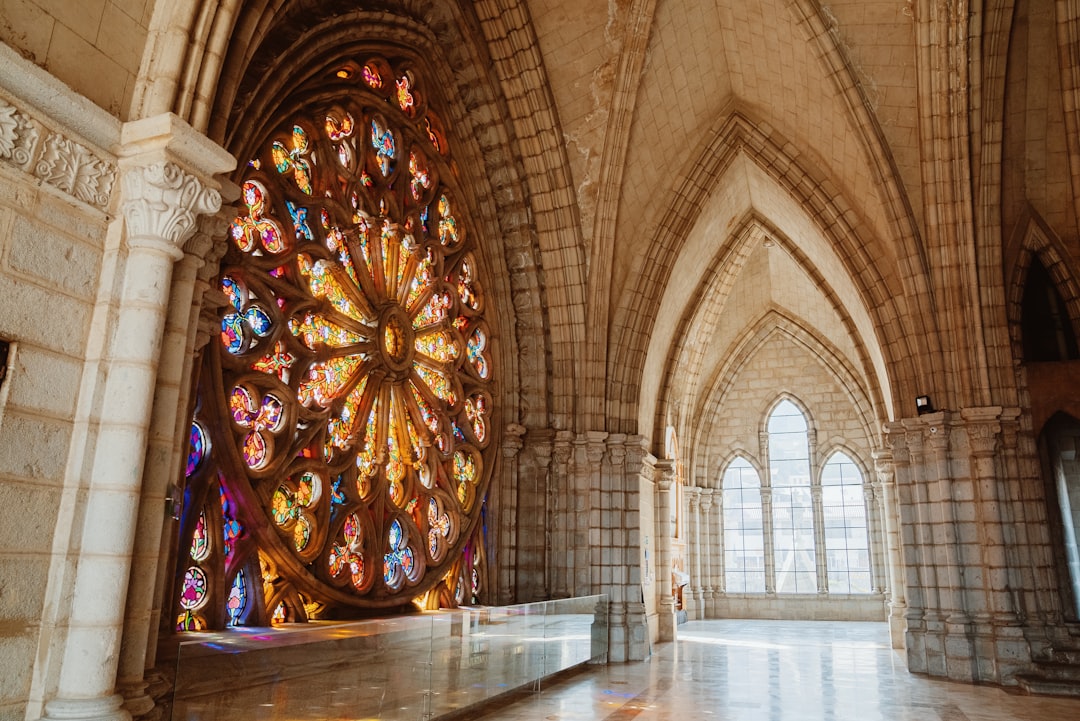
The Sagrada Familia in Barcelona stands as a testament to architectural innovation and artistic genius.
The Renaissance Influence: Elegance in Design
The Renaissance period brought with it a shift in architectural style in Spain, favoring symmetry, proportion, and geometry. The Royal Palace of Madrid serves as a perfect example of this transformation, showcasing elegance in design and opulence in detail. Completed in the 18th century, the palace features beautifully decorated rooms, exquisite artworks, and stunning gardens that invite visitors to explore its historical significance and marvel at both its grandeur and scale. Here, architecture seamlessly integrates art, function, and history, representing the pinnacle of Spanish Renaissance design.
The Plaza Mayor in Madrid also reveals the Renaissance flair. The symmetrical design and surrounding arcades provide a charming atmosphere, making it a popular gathering spot for locals and tourists alike. Historic cafes and shops populate this vibrant square, embodying the spirit of community and tradition that defines Spanish culture.
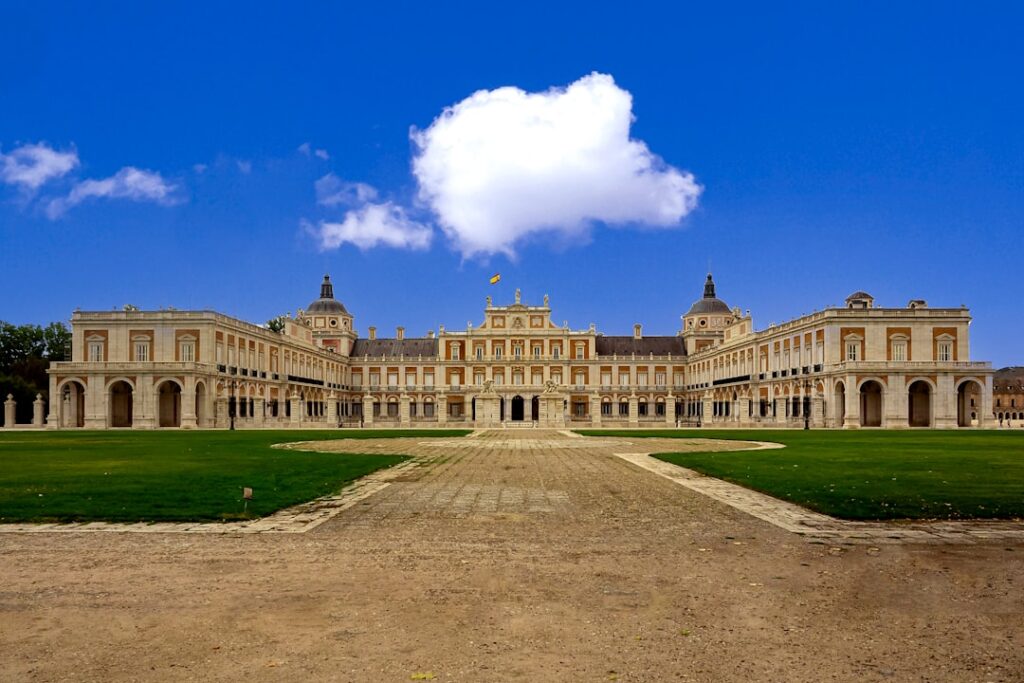
Modern Marvels: Blending Old and New
Spain’s architectural evolution doesn’t end with its historical treasures; contemporary architects have embraced innovation, resulting in stunning modern structures that coexist with the country’s rich past. The Guggenheim Museum in Bilbao, designed by Frank Gehry, is a shining example of modern architecture. Its curvaceous forms and use of titanium have won accolades worldwide, transforming Bilbao into a cultural hotspot. The museum not only houses significant contemporary art but also acts as a catalyst for urban regeneration, showcasing how modern architecture can positively impact communities by attracting tourism and investment.
As cities throughout Spain continue to evolve, architects strive to find harmony between modern functionality and historical reverence, ensuring that both aspects remain integral to the nation’s identity. The juxtaposition of contemporary designs against historical backdrops emphasizes the narrative of progress and change within Spain’s rich tapestry.
Conclusion: A Journey Worth Taking
From ancient Roman structures to cutting-edge contemporary designs, Spain’s architectural landscape tells a rich story of history, culture, and creativity. Travelers visiting Spain should take the time to explore these architectural gems, each with its unique tale to tell.
Whether wandering through ancient ruins or admiring modern masterpieces, every corner of Spain holds architectural wonders waiting to inspire awe and admiration. The stories of these buildings extend beyond their walls, revealing the lives, beliefs, and aspirations of those who came before us and shaping the cultural identity of Spain today.
To enhance your journey, consider booking guided tours through Viator, GetYourGuide, or G Adventures, which offer unique insights and experiences tailored to immerse you in Spain’s fascinating history and culture. Expert guides can provide context and deeper understanding, making every visit to these architectural marvels even more fulfilling.
As you explore Spain’s magnificent architectural gems, take a moment to enjoy the regional cuisines paired with these landmarks. From traditional tapas served in quaint taverns to Michelin-starred fine dining experiences, Spain’s culinary landscape matches its architectural diversity in flavor and style. Don’t miss out on sampling local delights such as paella in Valencia or pintxos in San Sebastián, each region offers its own culinary story akin to its architectural heritage.
Your journey through Spain’s architecture isn’t just about the visual splendor; it’s about understanding the cultural significance and the artistic storytelling embedded in each structure. With every building, there is a narrative waiting to be discovered—an invitation to engage with Spain’s vibrant past and inspiring present.


